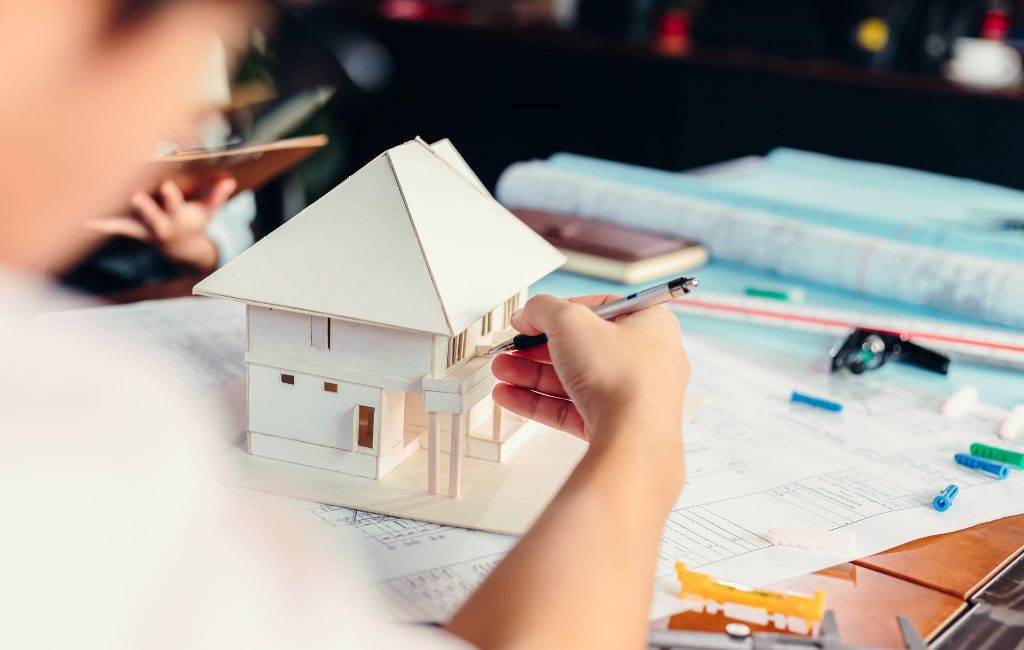Architect: Design That Inspires
Architecture is more than just the creation of buildings; it is an art form that shapes the environment and influences the way people live and interact. The power of architecture lies in its ability to inspire, evoke emotions, and transform spaces into meaningful places. This article explores the elements that make architectural design inspiring, highlighting examples and case studies that demonstrate the impact of thoughtful design.
The Role of Architecture in Society
Architecture plays a significant role in society by reflecting cultural values, technological advancements, and social changes. It serves as a mirror of the times, capturing the essence of an era through its structures. From ancient monuments to modern skyscrapers, architecture tells the story of human civilization.
- Cultural Reflection: Buildings often embody the cultural identity of a place, showcasing traditional styles and local materials.
- Technological Progress: Innovations in construction techniques and materials have allowed architects to push the boundaries of design.
- Social Impact: Thoughtful design can improve quality of life, promote sustainability, and foster community engagement.
Elements of Inspiring Design
Inspiring architecture is characterized by several key elements that work together to create a lasting impression. These elements include form, function, context, and sustainability.
Form and Aesthetics
The visual appeal of a building is often the first aspect that captures attention. The form of a structure, its shape, and its aesthetic details contribute to its overall impact. Iconic buildings like the Sydney Opera House and the Guggenheim Museum in Bilbao are celebrated for their unique and striking forms.
Functionality
While aesthetics are important, the functionality of a building is equally significant. An inspiring design seamlessly integrates form and function, ensuring that the structure serves its intended purpose effectively. The Pompidou Centre in Paris, with its exposed structural elements and flexible interior spaces, exemplifies this balance.
Contextual Integration
Architecture that resonates with its surroundings enhances the connection between the built environment and the natural world. Buildings that respect and respond to their context create a sense of harmony. The Fallingwater house by Frank Lloyd Wright is a prime example, as it blends seamlessly with the surrounding landscape.
Sustainability
In today’s world, sustainable design is a critical component of inspiring architecture. Buildings that minimize environmental impact and promote energy efficiency are not only responsible but also forward-thinking. The Bullitt Center in Seattle is a model of sustainable design, featuring solar panels, rainwater harvesting, and composting toilets.
Case Studies of Inspiring Architecture
Examining specific examples of inspiring architecture provides valuable insights into the principles and practices that lead to successful design.
The High Line, New York City
The High Line is a remarkable example of urban renewal and innovative design. This elevated linear park, built on a former railway track, has transformed a neglected area into a vibrant public space. The project demonstrates how adaptive reuse and creative landscaping can revitalize urban environments.
The Sagrada Familia, Barcelona
Antoni Gaudí’s masterpiece, the Sagrada Familia, is a testament to the power of visionary design. This basilica, still under construction after more than a century, combines Gothic and Art Nouveau styles in a breathtaking display of creativity. Its intricate facades and soaring towers inspire awe and admiration.
The Eden Project, Cornwall
The Eden Project is a pioneering example of sustainable architecture and environmental education. Its iconic biomes house diverse plant species from around the world, creating a unique and immersive experience. The project highlights the potential of architecture to promote ecological awareness and conservation.
The Future of Inspiring Architecture
As society evolves, so too does the field of architecture. Emerging trends and technologies are shaping the future of design, offering new opportunities for inspiration and innovation.
Biophilic Design
Biophilic design emphasizes the connection between humans and nature, incorporating natural elements into the built environment. This approach has been shown to enhance well-being and productivity, making it a promising trend for future architecture.
Smart Buildings
The integration of technology into architecture is transforming the way buildings operate. Smart buildings use sensors and automation to optimize energy use, improve comfort, and enhance security. This technological advancement is paving the way for more efficient and responsive designs.
Parametric Design
Parametric design utilizes algorithms and computational tools to create complex and adaptive structures. This approach allows architects to explore new forms and optimize designs for performance and sustainability.
Conclusion
Inspiring architecture is a fusion of art, science, and human experience. It reflects cultural values, embraces innovation, and responds to the needs of society. By examining the elements and examples of inspiring design, we gain a deeper understanding of the profound impact architecture can have on our lives. As we look to the future, the potential for architecture to inspire and transform remains boundless.
